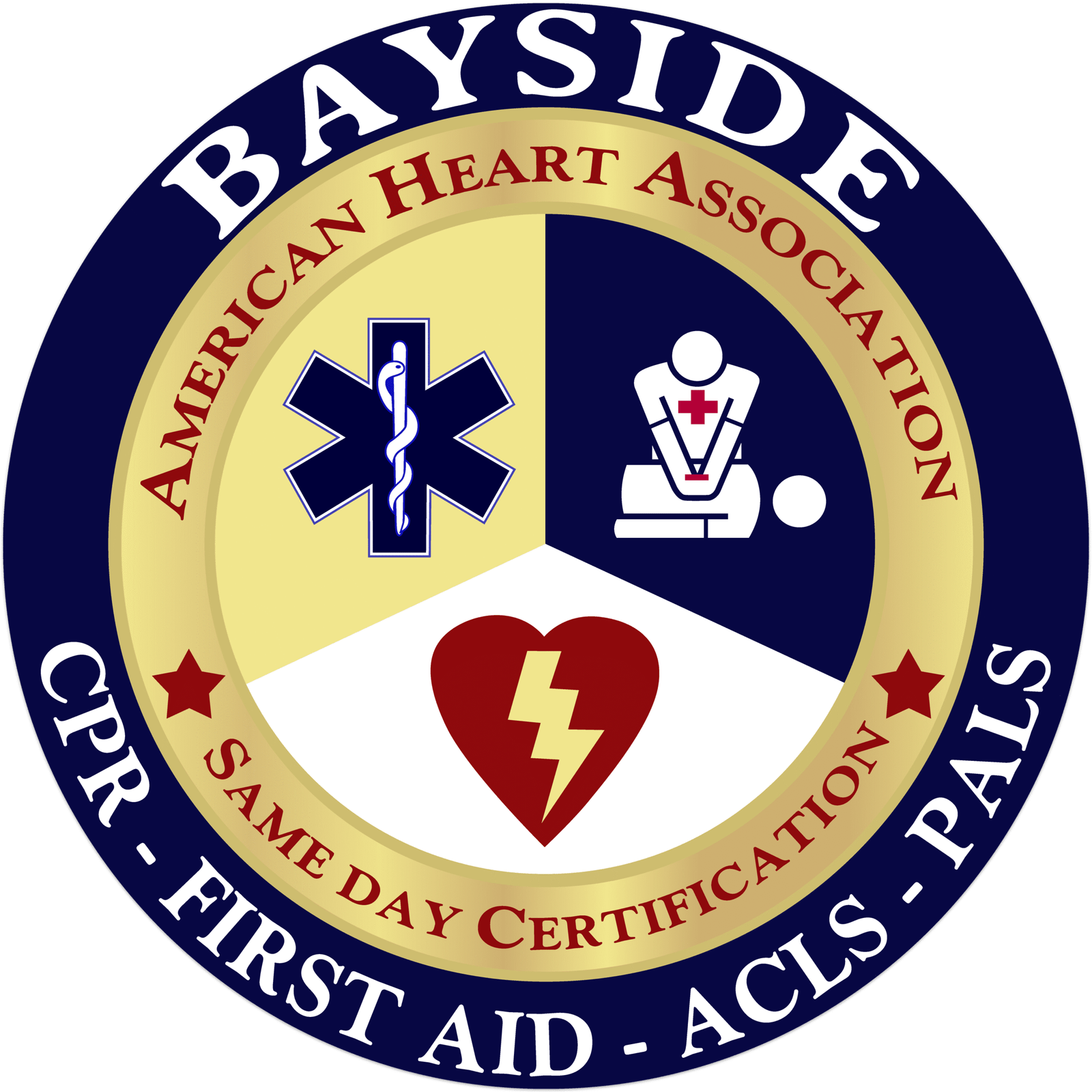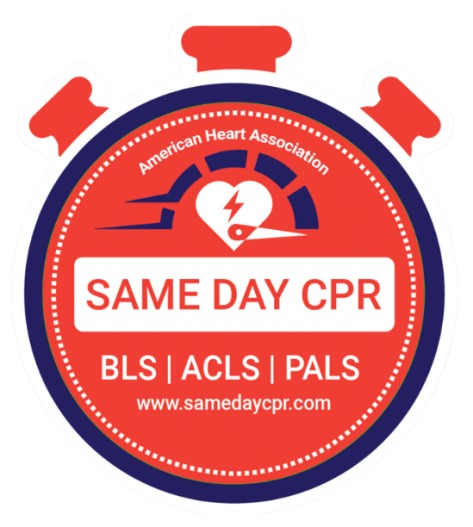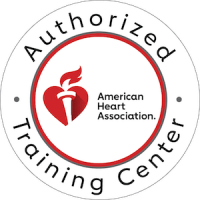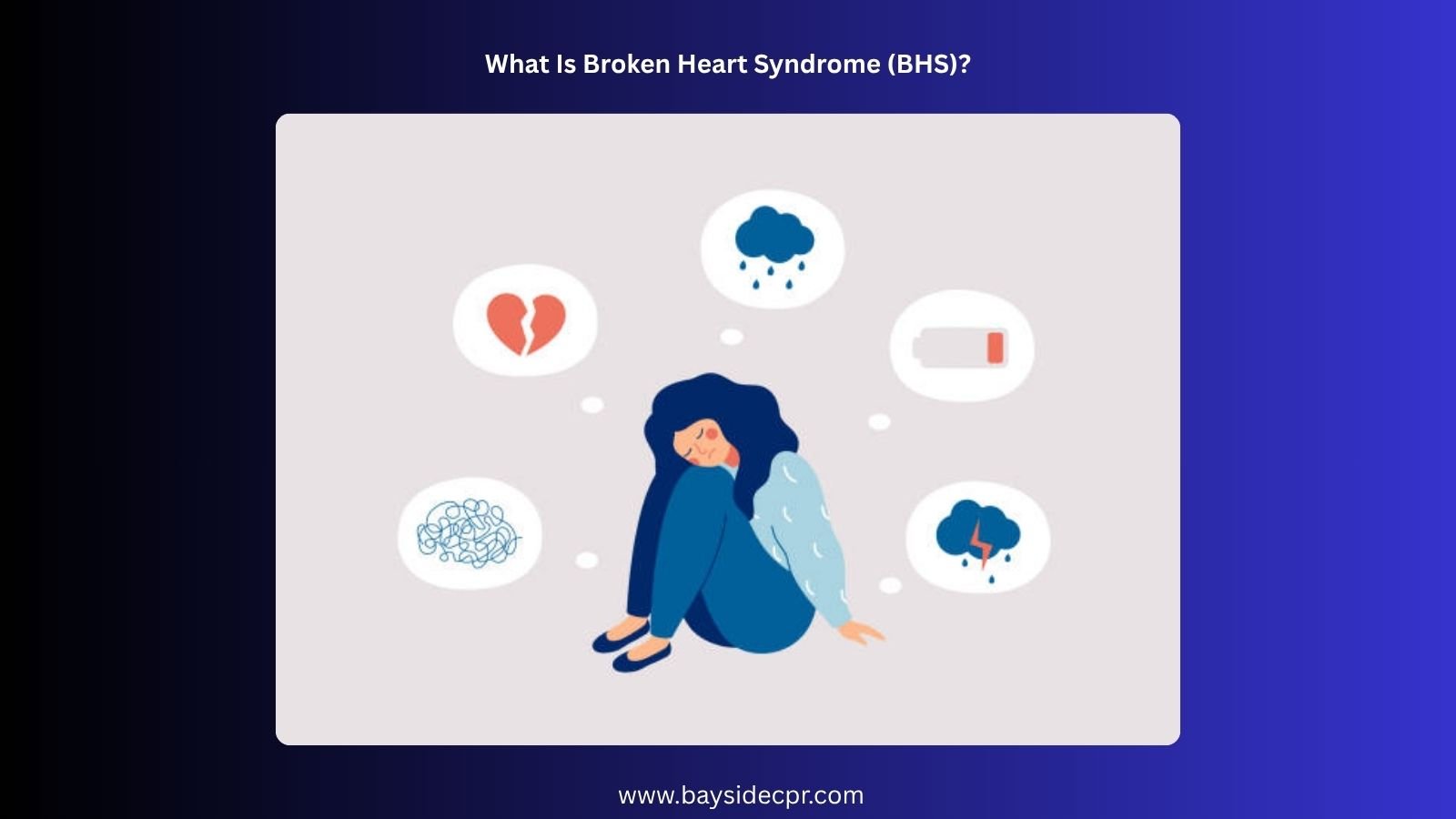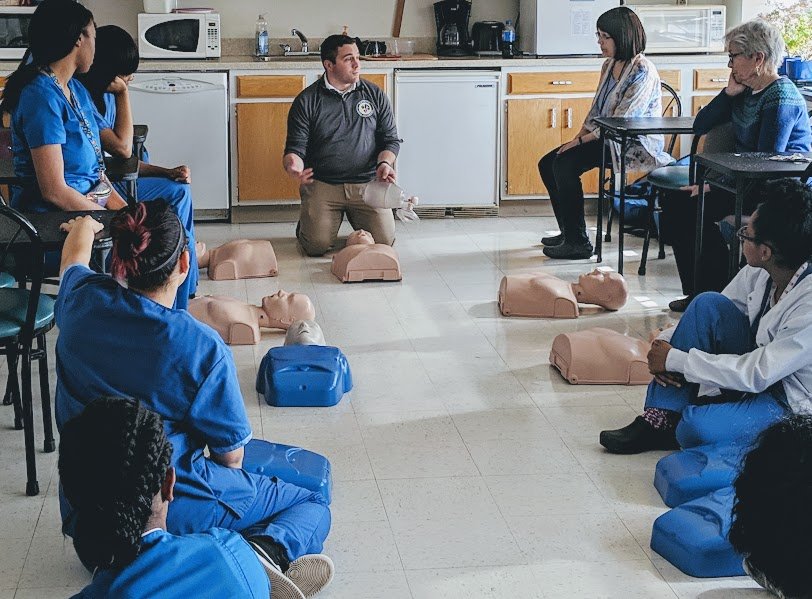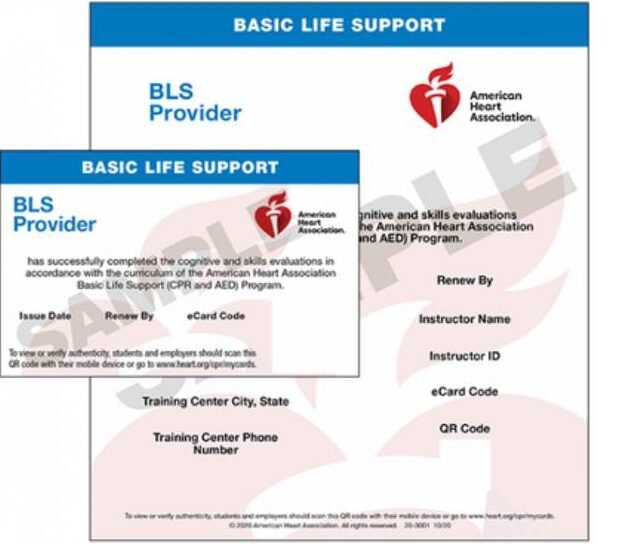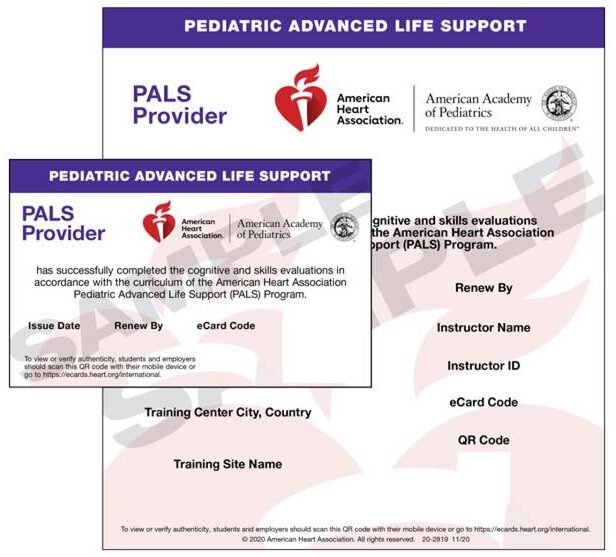Broken Heart Syndrome (takotsubo cardiomyopathy or stress cardiomyopathy) is a sudden heart condition that often happens after a person experiences extreme stress or intense emotions like grief, fear, or shock. It can feel very much like a heart attack, with chest pain and shortness of breath, but it is usually temporary and the heart recovers fully. Doctors believe it occurs because a surge of stress hormones temporarily affects the heart’s ability to pump properly. While it can be scary, most people bounce back with proper care and support. Understanding this condition can help you recognize the signs early and seek help without panic.
Types of Broken Heart Syndrome (BHS)
Takotsubo cardiomyopathy, or broken heart syndrome (BHS), can affect the heart in different ways, each with its own pattern. Knowing the types helps you understand how the condition shows up and why symptoms may vary.
1. Apical Ballooning (Classic Takotsubo)
This is the most common form of broken heart syndrome. The lower part of the heart, called the apex, weakens and balloons out while the rest of the heart continues to pump normally. People often feel sudden chest pain and shortness of breath, making it look a lot like a heart attack. With care, the heart usually recovers in a few weeks.The heart’s shape resembles a Japanese octopus trap, from which the syndrome gets its name.
2. Mid-Ventricular
In this type, the middle section of the heart becomes weak while the top and bottom parts work normally. It can cause symptoms similar to the classic form, like chest discomfort and fatigue. Doctors can spot it on a heart scan, and most people get better with rest and monitoring.
3. Basal (Reverse Takotsubo)
This form affects the upper part of the heart, which weakens while the lower part pumps normally. It is less common but can still cause chest pain and shortness of breath. Recovery is usually complete, and patients often feel stronger after a few weeks. It is also called the “inverted” Takotsubo.
4. Focal
Focal broken heart syndrome affects a small, specific area of the heart. Symptoms can be milder or harder to recognize, but the heart’s function may still be temporarily impacted. With medical support, this type also tends to improve fully over time.
How Common Is Broken Heart Syndrome (BHS)?
Takotsubo cardiomyopathy (broken heart syndrome), is not very common but happens more often than many people realize. It mostly affects women, especially those over 50, though anyone can experience it after sudden stress or strong emotions. According to a study published in the Journal of the American Heart Association, researchers looked at 135,463 cases in U.S. hospitals from 2006 to 2017 and found a steady increase each year among both women and men, with women making up 88.3 percent of the cases. The condition is linked to a higher risk of death and complications, and recent research shows those rates remained unchanged between 2016 and 2020. Even though it can be frightening, most people recover fully with the right care and support.
Causes and Triggers of Broken Heart Syndrome
Stress cardiomyopathy, also known as broken heart syndrome (BHS), occurs when the heart muscle temporarily weakens, usually after intense emotional or physical stress. Although the exact cause is not completely known, experts believe a sudden surge of stress hormones, such as adrenaline, overwhelms the heart and reduces the left ventricle’s ability to pump properly.
1. Physical Triggers
Certain physical events can suddenly strain the heart and trigger stress cardiomyopathy. Knowing these triggers helps you stay aware and respond quickly if symptoms appear.
- Severe Illness: Serious health problems, like a sudden infection or stroke, can put extra strain on the heart. The body releases stress hormones during these events, which can temporarily weaken heart function.
- Surgery or Medical Procedures: Major operations or complicated medical treatments can shock the body and trigger stress cardiomyopathy. Even if everything goes well, the heart may react to the stress with temporary weakness.
- Intense Physical Exercise: Overexertion during heavy workouts or extreme physical activity can sometimes affect the heart. The sudden physical demand can overwhelm the heart muscle and cause temporary dysfunction.
- Severe Pain or Injury: Experiencing strong pain from an accident or injury can put the heart under sudden stress. This surge of adrenaline may stun the heart and reduce its pumping ability for a short time.
- Acute Medical Emergencies: Events like severe asthma attacks, seizures, or allergic reactions can shock the body and affect the heart. These emergencies trigger a rush of stress hormones that may temporarily weaken the heart muscle.
2. Emotional Triggers
Strong emotions can suddenly overwhelm the body and affect how the heart works. Recognizing these emotional triggers can help you respond quickly and protect your heart.
- Grief or Loss: Losing a loved one can bring intense sadness that affects the heart. This deep emotional pain can release stress hormones that temporarily weaken the heart muscle.
- Fear or Shock: Sudden, frightening events, like accidents or emergencies, can overwhelm the body. The heart may respond to the shock with temporary dysfunction.
- Anger or Frustration: Strong feelings of anger or extreme frustration can stress the heart quickly. This emotional surge can make it harder for the heart to pump normally for a short time.
- Surprise or Excitement: Unexpected events, even positive ones like winning a prize or receiving shocking news, can trigger stress cardiomyopathy. The sudden emotional spike can stun the heart and affect its rhythm.
- Anxiety or Panic: Severe anxiety or panic attacks can put intense pressure on the heart. The rush of stress hormones can temporarily weaken the heart muscle, even if there is no physical danger.
Risk Factors for Broken Heart Syndrome (BHS)
Certain people are more likely to develop broken heart syndrome than others. Understanding these risk factors can help you stay aware and take steps to protect your heart.
1. Key Demographic Risk Factors
- Sex and Age: More than 90% of cases are reported in women, most of whom are postmenopausal and over 50 years old. The decrease in estrogen levels after menopause is believed to play a role, as estrogen may help shield the heart from the effects of sudden stress hormone surges.
- Mental Health: People with a history of anxiety or depression face a higher risk, and prolonged or chronic stress may also contribute.
- Neurological Conditions: A history of neurological problems, such as seizures or a stroke, can increase a person’s risk.
2. Other Potential Risk Factors
- Substance Use: Using illegal stimulant drugs, such as methamphetamine or cocaine, can trigger the syndrome.
- Medications: Certain medications, including some anti-anxiety drugs and decongestants, have occasionally been associated with broken heart syndrome.
- Cardiovascular Risk Factors: Research shows that many patients with broken heart syndrome have underlying cardiovascular risk factors, such as high blood pressure, elevated cholesterol, or diabetes.
Symptoms of Broken Heart Syndrome (BHS)
The symptoms of broken heart syndrome can closely resemble those of a heart attack. They typically develop within minutes to hours following an intense emotional or physical stressor.
- Sudden Chest Pain: People with broken heart Syndrome often feel sharp chest pain similar to a heart attack. It can come out of nowhere, especially after something stressful happens.
- Shortness of Breath: Breathing can suddenly feel hard and shallow. This usually happens because the heart isn’t pumping properly for a short time.
- Weakness and Fatigue: Many people feel unusually tired or weak after a stressful event. Even simple tasks like walking or standing can feel exhausting.
- Irregular Heartbeat: The heart might beat too fast, too slow, or skip a beat. This can make someone feel dizzy or lightheaded unexpectedly.
Broken Heart Syndrome Vs. Heart Attack
While the symptoms are nearly identical, the underlying causes are distinct. Knowing the difference helps you stay calm and get the right care quickly.
1. Broken Heart Syndrome (BHS)
- Broken Heart Syndrome, also called stress-induced cardiomyopathy, happens when your heart temporarily weakens, often after intense emotional or physical stress like losing a loved one or going through a serious illness.
- It can cause chest pain, shortness of breath, and nausea, making it feel a lot like a heart attack.
- Doctors usually find that the heart muscle is stunned but the arteries are clear, and most people recover fully within a few weeks with supportive care.
2. Heart Attack
- A heart attack, on the other hand, happens when a blockage in the coronary arteries stops blood flow, damaging the heart muscle permanently.
- The symptoms can be severe chest pain that spreads to the arm or jaw, shortness of breath, and sweating.
- Diagnosis shows blocked arteries and elevated heart enzymes, and treatment often involves emergency procedures like angioplasty, medications, and lifestyle changes.
- While broken heart syndrome usually reverses with time, a heart attack requires urgent care to prevent serious complications.
Complications of Broken Heart Syndrome (BHS)
Even without warning, stress cardiomyopathy can impact the heart in unexpected ways and may lead to additional health complications that are important to be aware of.
1. Cardiac Complications
Broken heart syndrome primarily affects the heart muscle, and while many patients recover, complications can occur, especially in the acute phase:
- Heart Failure: Temporary weakening of the heart can lead to fluid buildup in the lungs and body.
- Arrhythmias: Irregular heart rhythms, including atrial fibrillation, ventricular tachycardia, or even sudden cardiac arrest in rare cases.
- Cardiogenic Shock: Severe impairment of the heart’s pumping function may lead to dangerously low blood pressure.
- Left Ventricular Outflow Tract Obstruction (LVOTO): Abnormal movement of the heart’s walls can obstruct blood flow from the left ventricle.
- Mitral Valve Dysfunction: Transient mitral regurgitation may occur due to altered heart muscle contraction.
- Heart Rupture: Rare but life-threatening complication from extreme stress on the heart wall.
2. Neurological Complications
Though the primary issue is cardiac, there can be secondary neurological consequences:
- Stroke: Reduced heart function and formation of blood clots can increase stroke risk.
- Seizures or Syncope: Arrhythmias or transient brain hypoperfusion may trigger fainting or seizures.
- Cognitive Effects: Some patients report confusion, memory issues, or “brain fog” after severe episodes.
- Emotional/Stress Disorders: Anxiety, depression, or PTSD-like symptoms may develop after the acute episode, contributing to a cycle of stress on the heart.
3. Long-Term Risks
Even after recovery, certain complications or vulnerabilities may remain:
- Recurrence: About 5–10% of patients may experience another episode of broken heart syndrome.
- Persistent Heart Dysfunction: Some patients may have lingering reduced ejection fraction or subtle heart muscle weakness.
- Chronic Heart Failure Risk: Rarely, repeated stress-induced episodes can contribute to long-term cardiac remodeling.
- Increased Vulnerability to Stress: Both physical and emotional stress can pose a higher risk in the future.
Diagnosis of Broken Heart Syndrome (BHS)
Doctors diagnose broken heart syndrome by looking closely at your symptoms and heart health. They use simple tests to check if stress, not a blockage, is causing your heart trouble.
- Medical History and Symptoms: Doctors begin by asking about your symptoms and recent emotional stress. They look for signs like chest pain or shortness of breath that can resemble a heart attack.
- Electrocardiogram (ECG or EKG): An ECG examines your heart’s electrical activity to detect abnormal patterns. It helps doctors distinguish between broken heart syndrome and a heart attack.
- Blood Tests: Blood tests are performed to measure certain enzymes that increase when the heart is under stress. These results help doctors determine how much the heart muscle has been affected.
- Echocardiogram: This test uses sound waves to produce a moving image of your heart. It helps doctors see if part of your heart isn’t pumping normally, which is common in broken heart syndrome.
- Coronary Angiogram: A coronary angiogram allows doctors to observe blood flow in your heart’s arteries. It confirms whether the arteries are clear and if the issue is with the heart muscle itself, not a blockage.
Also, read: ECG Rhythms Recognition and Interpretation for ACLS
Management and Treatment of Broken Heart Syndrome (BHS)
1. Initial Management
Because symptoms resemble a heart attack, immediate medical evaluation* is essential.
- Hospitalization: Most patients are admitted for observation and diagnostic testing (e.g., ECG, troponin levels, echocardiogram, and coronary angiography).
- Monitoring: Continuous cardiac monitoring is necessary to detect arrhythmias or heart failure.
- Oxygen therapy and IV access: Provided as supportive care while ruling out myocardial infarction.
2. Medical Treatment
There’s no standardized treatment specific to broken heart syndrome, but management focuses on supportive therapy until the heart recovers.
- Beta-blockers: Reduce heart rate, blood pressure, and stress hormone effects on the heart.
- ACE inhibitors or ARBs: Improve heart function and help the left ventricle recover.
- Diuretics: Used if there is fluid buildup due to heart failure.
- Anticoagulants: Prescribed if there’s reduced heart movement (akinesis) to prevent blood clots.
Note: Medications such as inotropes (used to strengthen heart contractions) are generally avoided unless the patient is in cardiogenic shock, since they can increase stress on the heart.
3. Addressing Emotional and Physical Stressors
Since stress is a major trigger, tackling the root cause is essential for recovery and prevention.
- Stress management techniques: Meditation, mindfulness, yoga, or deep-breathing exercises.
- Psychological support: Counseling or cognitive behavioral therapy (CBT) to handle grief, anxiety, or trauma.
- Lifestyle modifications: Regular physical activity, a heart-healthy diet, and enough sleep.
4. Monitoring and Recovery
- Follow-up echocardiogram: To confirm normalization of heart function (usually within 4-8 weeks).
- Long-term monitoring: Some patients may benefit from continued beta-blocker therapy to prevent recurrence.
- Recurrence risk: Although most recover completely, around 5–10% may experience another episode.
5. Prognosis
The prognosis is generally excellent with appropriate management.
- Most patients recover fully within a few weeks to a few months.
- Mortality is low, but complications such as heart failure, arrhythmias, or cardiogenic shock can occur in severe cases.
Caring for Your Heart with BHS
In summary, broken heart syndrome (BHS) reminds us how closely our emotions and heart health are connected. Though it can feel frightening and mimic a heart attack, the good news is that most people recover fully with time, care, and support. Paying attention to your body and managing stress in healthy ways can make a big difference in preventing future episodes. Whether it’s through relaxation, staying active, or talking about your feelings, caring for your emotional well-being is just as important as taking care of your physical heart. Remember, healing from a broken heart, both emotionally and physically, takes patience, compassion, and a little self-kindness.
